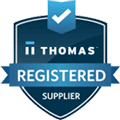PPE Lifespan: Understanding and Maximizing the Durability of Your Safety Gear
Ensuring the safety of workers in hazardous environments hinges not only on the selection of appropriate Personal Protective Equipment (PPE) but also on understanding and maximizing its lifespan. Proper maintenance and timely replacement of PPE can significantly enhance its effectiveness and durability, safeguarding employees from potential risks. This blog explores the factors that affect PPE lifespan and offers practical tips to extend its usability.
The Importance of PPE Lifespan
Personal Protective Equipment serves as the first line of defense against workplace hazards. Over time, even the highest quality PPE can degrade due to exposure to various environmental factors and regular wear and tear. Understanding the lifespan of your safety gear is crucial to maintaining its protective capabilities and ensuring compliance with safety standards.
Factors Affecting PPE Durability
Several factors influence the durability of PPE. Recognizing these factors can help in making informed decisions regarding the maintenance and replacement of safety gear.
Material Quality
The type and quality of materials used in PPE significantly impact its lifespan. High-grade materials generally offer better resistance to wear and environmental stressors, resulting in longer-lasting protection.
Environmental Exposure
Exposure to harsh chemicals, extreme temperatures, UV radiation, and moisture can accelerate the degradation of PPE. Regularly assessing the working environment helps in identifying potential threats to the integrity of safety gear.
Frequency of Use
PPE that is used more frequently will naturally experience more wear and tear. Monitoring the usage patterns can aid in predicting the expected lifespan of the equipment.
Best Practices for Extending PPE Lifespan
Maximizing the durability of PPE involves adopting best practices in its usage, maintenance, and storage. Implementing these practices can help prolong the life of safety gear and ensure continuous protection for workers.
Regular Inspections
Conducting regular inspections is vital to detect early signs of wear and tear. Look for cracks, fraying, or any other damage that could compromise the effectiveness of the PPE. Inspections should be thorough and documented to track the condition over time.
Proper Cleaning and Maintenance
Cleaning PPE according to manufacturer guidelines helps in removing contaminants that can degrade the material. Avoid using harsh chemicals or abrasive methods that could damage the protective properties of the gear. Maintenance routines should also include checking for any necessary repairs.
Correct Storage
Proper storage of PPE can prevent premature degradation. Store equipment in a clean, dry place away from direct sunlight and extreme temperatures. Use designated storage areas that protect PPE from physical damage and contamination.
Training and Awareness
Educate employees on the correct use and care of PPE. Training should cover how to wear and adjust the equipment properly, as well as how to clean and store it. Awareness programs can also emphasize the importance of reporting any damage or defects immediately.
Knowing When to Replace PPE
Despite best efforts in maintenance, PPE will eventually reach the end of its usable life. Knowing when to replace safety gear is crucial to ensure continuous protection.
Manufacturer’s Guidelines
Follow the manufacturer’s recommended lifespan for each piece of PPE. These guidelines are based on the typical usage and environmental conditions the equipment is designed for.
Signs of Wear and Damage
Replace PPE immediately if there are visible signs of significant wear or damage that cannot be repaired. Compromised equipment may not offer adequate protection and could pose a risk to the user.
Frequency of Use and Environmental Conditions
Adjust replacement schedules based on the frequency of use and the specific conditions of the workplace. PPE used in more demanding environments may need to be replaced more frequently.
Conclusion
Understanding and maximizing the lifespan of Personal Protective Equipment is essential for maintaining a safe working environment. Regular inspections, proper maintenance, correct storage, and timely replacement are key practices that ensure the continued effectiveness of safety gear. By implementing these strategies, organizations can protect their workforce and enhance overall safety performance.







